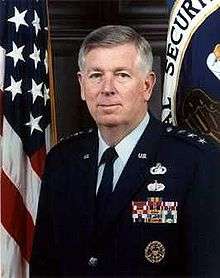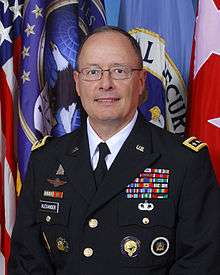Director of the National Security Agency
The Director of the National Security Agency (DIRNSA) is the highest-ranking official of the National Security Agency, which is a Defense Agency within the U.S. Department of Defense. The Director of the NSA also concurrently serves as Chief of the Central Security Service (CHCSS) and as Commander of U.S. Cyber Command (USCYBERCOM). As DIRNSA/CHCSS the officeholder reports through the Under Secretary of Defense for Intelligence, and as CDRUSCYBERCOM, to the Secretary of Defense.
| Director of the National Security Agency | |
|---|---|
 Flag of the National Security Agency | |
| National Security Agency | |
| Status | Chief Executive |
| Reports to |
|
| Seat | Fort Meade, Maryland |
| Nominator | Secretary of Defense |
| Appointer | President of the United States with Senate advice and consent |
| Constituting instrument | 10 U.S.C. § 201 |
| Precursor | Director of the Armed Forces Security Agency |
| Formation | 1952 |
| First holder | MG Ralph Canine, USA |
| Deputy | Deputy Director of the National Security Agency (DNSA) |
| Website | www.nsa.gov |
According to 10 U.S.C. § 201 of the United States Code, the Director of the NSA is recommended by the Secretary of Defense and nominated for appointment by the President. The nominee must be confirmed via majority vote by the Senate. In accordance with Department of Defense Directive 5100.20, dated 23 December 1971, the Director of the NSA must always be a commissioned officer of the military services. Because the assignment is currently part of a tri-hatted position, the Director of the NSA is appointed to the grade of a four-star general or admiral during the period of his incumbency. The Deputy Director is always a technically experienced civilian.[1]
AFSA directors
The Armed Forces Security Agency was the predecessor to the National Security Agency and existed from 1949 to 1952.
| # | Director | Service | Term | President(s) served under |
|---|---|---|---|---|
| 1 | RADM Earl E. Stone | USN | 1949–1951 | Harry S. Truman |
| 2 | MG Ralph Canine | USA | 1951–1952 |
NSA directors
References
- "About NSA". National Security Agency. Archived from the original on 2 August 2008. Retrieved 21 December 2008.
- Originally a lieutenant general when he first assumed office on 1 August 2005. Alexander was promoted to general when he assumed the additional assignment as Commander, U.S. Cyber Command on 21 May 2010.
.jpg)

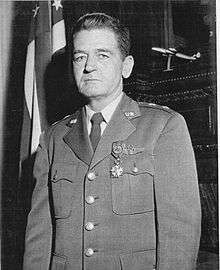

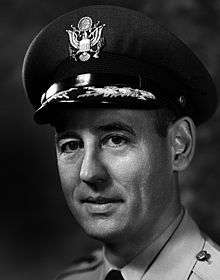
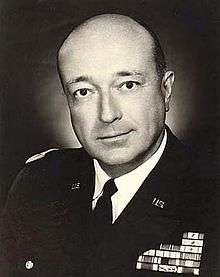


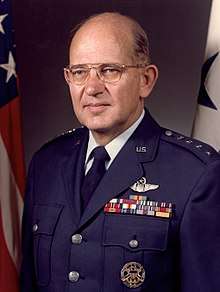

%2C_1988.jpg)
